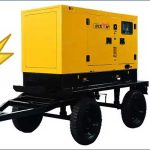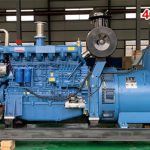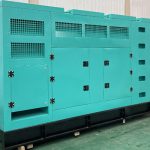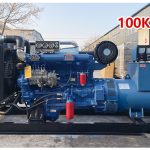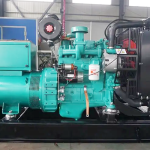Understanding the types of resistance in an AC transformer circuit is essential for comprehending the factors influencing its efficiency and performance.
AC transformers are crucial components in electrical systems, enabling the efficient transfer of alternating current (AC) voltage levels. They consist of primary and secondary coils wound around a magnetic core, facilitating the transformation of voltage levels to meet specific application requirements.
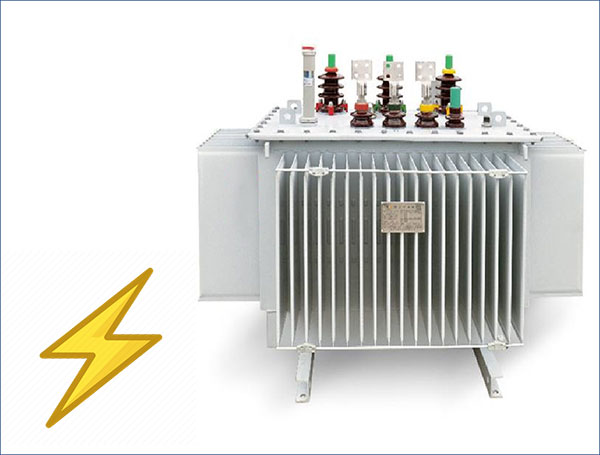
This blog delves into the various forms of resistance encountered in AC transformer circuits, highlighting their impact on electrical properties and operational features.
Types of Resistance in AC Transformer Circuits
Copper Resistance:
Copper resistance refers to the inherent resistance of the copper windings used in both the primary and secondary coils of the transformer. This resistance is primarily influenced by the length, cross-sectional area, and temperature of the copper conductor. Higher resistance leads to power losses in the form of heat during operation, affecting the transformer’s efficiency.
Eddy Current Losses:
Eddy currents are induced in the magnetic core of the transformer due to alternating magnetic fields. These currents circulate within the core material, generating resistive losses known as eddy current losses. Techniques such as laminating the core or using materials with low magnetic reluctance help minimize these losses and improve transformer efficiency.
Hysteresis Losses:
Hysteresis losses occur as a result of the magnetic domains within the core material repeatedly aligning and realigning with the alternating magnetic field. This continuous magnetization and demagnetization process causes energy dissipation in the form of heat. Transformer cores made from materials with low hysteresis coefficients reduce these losses and enhance overall efficiency.
Factors Affecting Resistance in AC Transformer Circuits
Several factors influence the resistance encountered in AC transformer circuits:
Operating Frequency: Higher frequencies increase eddy current losses due to more rapid changes in magnetic flux within the core material.
Core Material: The choice of core material affects both eddy current and hysteresis losses. Materials with high magnetic permeability and low resistivity are preferred to minimize losses.
Temperature: Copper resistance increases with temperature, impacting overall transformer efficiency. Proper cooling and insulation help mitigate temperature-related losses.
Implications for Transformer Efficiency
Efforts to minimize resistive losses in AC transformer circuits are crucial for optimizing efficiency and performance. Techniques such as using high-conductivity copper, selecting appropriate core materials, and implementing efficient cooling systems contribute to reducing energy wastage and enhancing transformer reliability.
Conclusion
In conclusion, understanding the types of resistance present in AC transformer circuits is fundamental to designing and operating efficient electrical systems. Copper resistance, eddy current losses, and hysteresis losses collectively impact the transformer’s performance characteristics and operational efficiency. By addressing these resistive elements through appropriate design considerations and material choices, engineers can maximize energy transfer efficiency and ensure reliable operation of AC transformers in various applications.
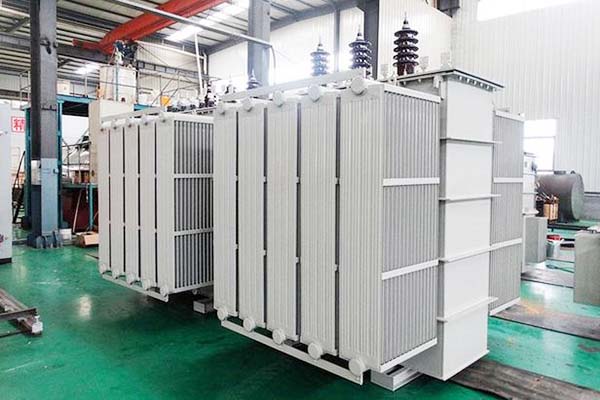
By incorporating resistance loss knowledge into transformer design and maintenance practices, our transformers can help stakeholders in the power industry achieve sustainable energy management goals while effectively meeting operational needs. If you are also interested in our transformers, please feel free to leave us an online message to get more information about transformers!!






